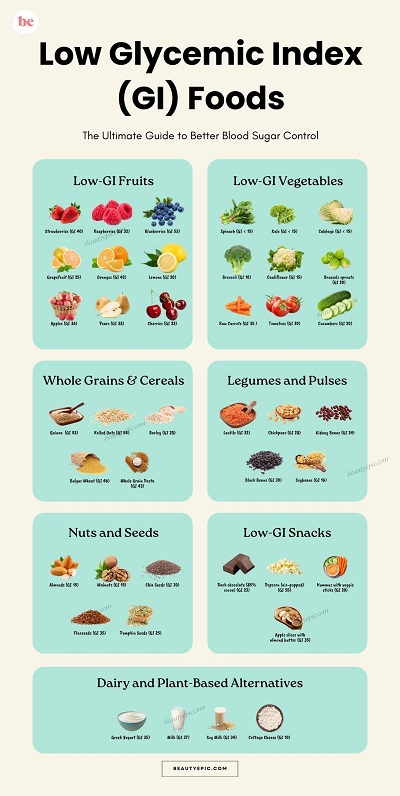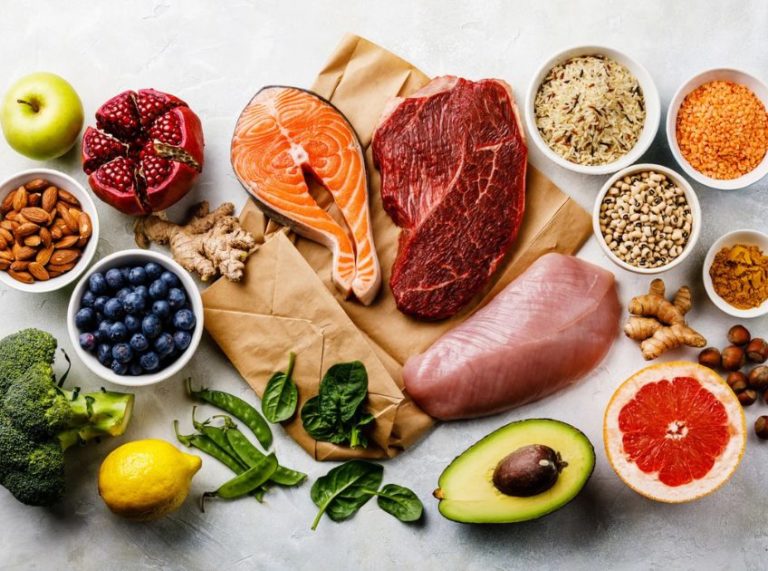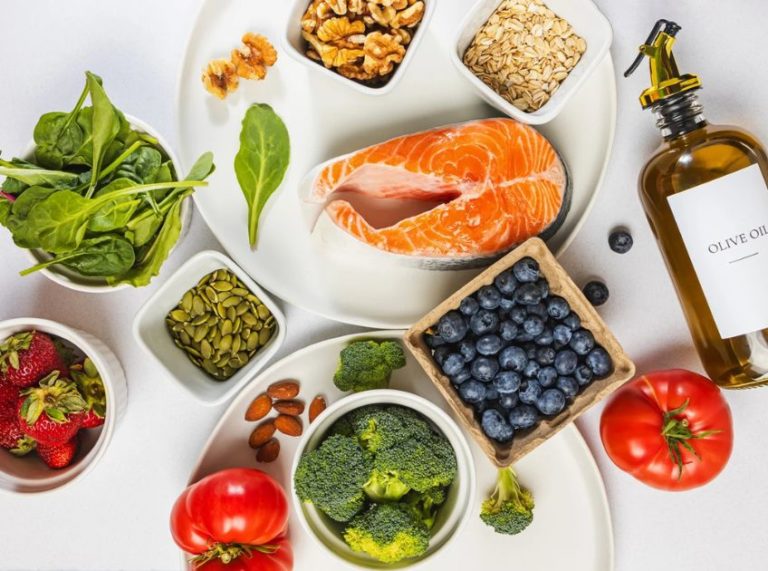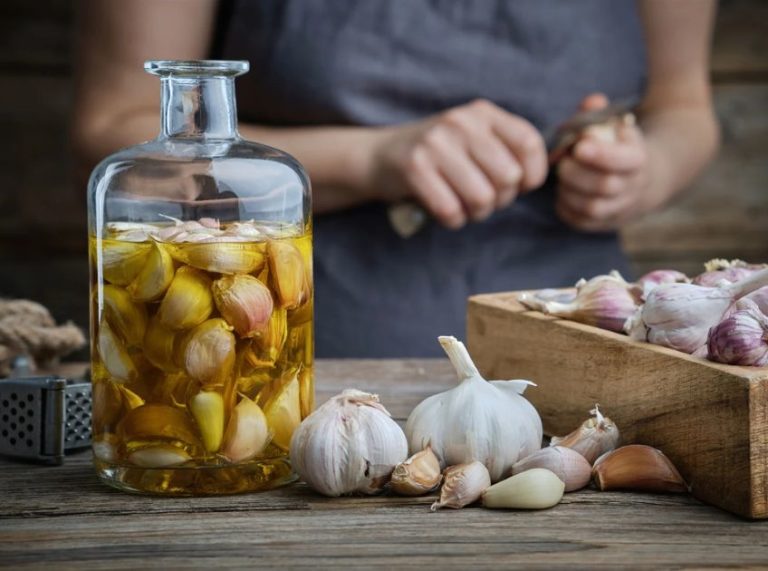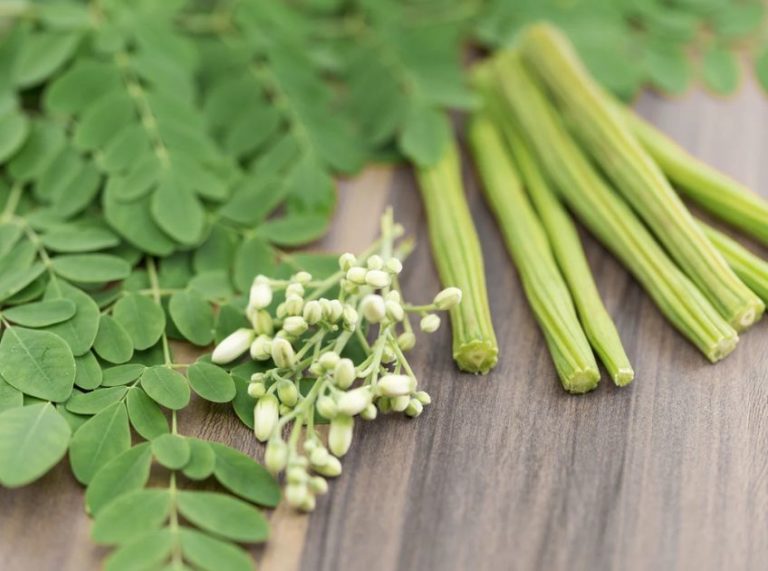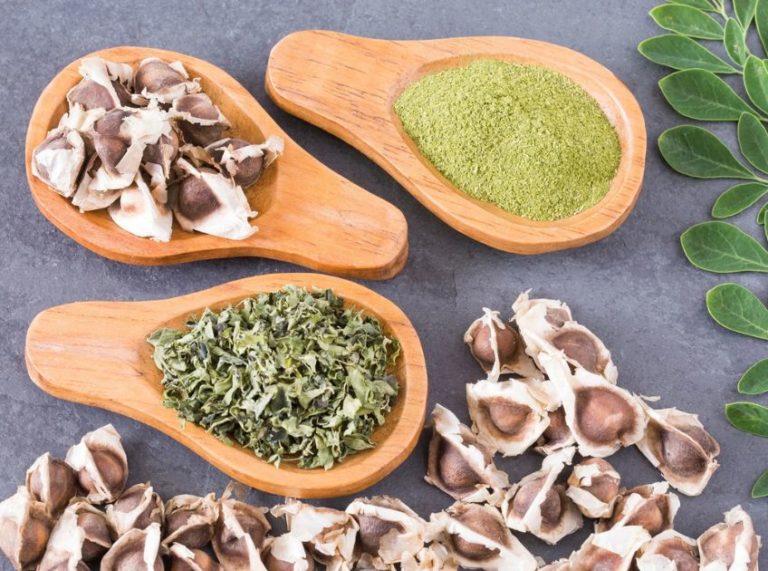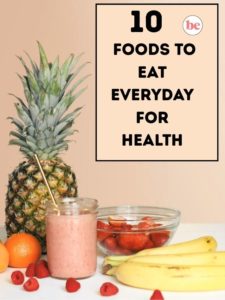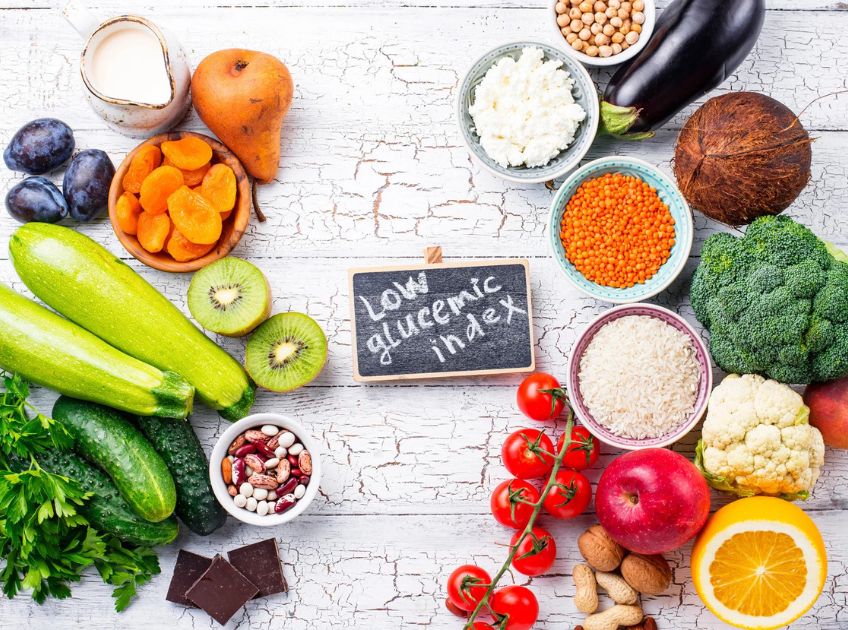
Important: This article is for informational purposes only. Please read our full disclaimer for more details.
Managing blood sugar levels is crucial for overall health, especially for individuals with diabetes, prediabetes, or insulin resistance. One of the most effective ways to do this is by choosing foods based on their glycemic index (GI) — a scale that measures how quickly a food raises your blood sugar levels.
In this guide, we’ll explain how the GI scale works, provide a helpful GI food chart, explore low-GI food options, and share tips for following a low-GI diet, all backed by scientific insights from the University of Sydney’s Glycemic Index Research Service and other credible studies.
How the Glycemic Index (GI) Scale Works
The glycemic index ranks carbohydrates on a scale of 0 to 100 based on how rapidly they raise blood sugar after consumption:
- Low GI foods (0–55): Digested slowly, causing a gradual rise in blood sugar.
- Medium GI foods (56–69): Have a moderate effect on blood sugar.
- High GI foods (70+): Cause a rapid spike in blood glucose levels.
Scientific Insight: According to research published in the American Journal of Clinical Nutrition, eating low-GI foods can improve insulin sensitivity, reduce the risk of type 2 diabetes, and support weight management (1).
Glycemic Index Chart: Examples of Low, Medium, and High GI Foods
Below is a simplified table based on data from the University of Sydney’s GI Database, one of the most comprehensive resources for glycemic index values worldwide.
| Food Item | Category | GI Value | GI Classification |
|---|---|---|---|
| Lentils | Legume | 32 | Low GI |
| Apple | Fruit | 36 | Low GI |
| Rolled Oats | Whole Grain | 55 | Low GI |
| Brown Rice | Grain | 68 | Medium GI |
| Watermelon | Fruit | 72 | High GI |
| White Bread | Processed Grain | 75 | High GI |
| Baked Potato | Starchy Vegetable | 78 | High GI |
Note: GI values can vary based on food ripeness, cooking methods, and processing.
Best Low-Glycemic-Index Foods to Include in Your Diet
Including low GI foods in your diet can help stabilize blood sugar levels, improve energy, and support weight management. These foods are digested and absorbed more slowly, preventing sharp spikes in glucose. Below is a detailed list of nutrient-rich low-GI options you can easily incorporate into your meals:
1. Low-GI Fruits
Contrary to popular belief, you don’t need to avoid fruits if you’re managing blood sugar. Choosing fruits with a low glycemic index ensures a steady release of energy.
- Berries: Strawberries (GI 40), raspberries (GI 32), and blueberries (GI 53) are rich in antioxidants and fiber.
- Citrus Fruits: Grapefruit (GI 25), oranges (GI 42), and lemons (GI 20) regulate blood glucose and are high in vitamin C.
- Apples and Pears: With GI values around 36–38, these are excellent snacks for people with diabetes or insulin resistance.
- Cherries: GI 22 — one of the lowest among all fruits, packed with anti-inflammatory compounds.
Nutrition Tip: Opt for whole fruits instead of juices since juicing removes fiber and significantly raises the GI.
2. Low-GI Vegetables
Vegetables are naturally low in carbohydrates, making most of them excellent low-GI choices. They also provide essential micronutrients and fiber.
- Leafy Greens: Spinach, kale, lettuce, and cabbage (GI < 15) are virtually negligible in sugar content.
- Cruciferous Vegetables: Broccoli (GI 10), cauliflower (GI 15), and Brussels sprouts (GI 20) help regulate blood glucose.
- Carrots: Despite their sweetness, raw carrots have a low GI of 35.
- Tomatoes and Cucumbers: Fresh and hydrating with GI values below 20.
Pro Tip: Cooking vegetables for too long can slightly raise their GI, so enjoy them lightly steamed or raw when possible.
3. Whole Grains and Cereals
Refined grains often cause rapid glucose spikes, but whole grains rich in fiber slow down digestion and keep GI levels low.
- Quinoa: GI 53 — packed with protein and essential amino acids.
- Steel-Cut or Rolled Oats: GI 55 — ideal for stable morning energy.
- Barley: GI 28 — one of the best grains for blood sugar control.
- Bulgur Wheat: GI 46 — excellent for salads, pilafs, and soups.
- Whole Grain Pasta: GI 42 — better than refined pasta for maintaining steady glucose levels.
Scientific Insight: A study published in the Journal of Nutrition found that replacing refined grains with whole grains significantly improves insulin sensitivity and metabolic health (2).
4. Legumes and Pulses
Legumes are rich in fiber, protein, and resistant starch, making them one of the most effective foods for lowering post-meal blood sugar spikes.
- Lentils: GI 32 — available in red, green, and brown varieties.
- Chickpeas: GI 28 — perfect for hummus, curries, and salads.
- Kidney Beans: GI 24 — a powerhouse of plant-based protein.
- Black Beans: GI 30 — excellent for soups, wraps, and burrito bowls.
- Soybeans: GI 16 — a fantastic low-GI plant protein source.
Scientific Backing: Research in the British Journal of Nutrition shows that regular consumption of legumes lowers HbA1c levels, improving long-term blood sugar control (3).
5. Nuts and Seeds
Nuts and seeds are naturally low in carbohydrates and high in healthy fats and protein, making them perfect low-GI snacks.
- Almonds: GI 15 — packed with vitamin E and magnesium.
- Walnuts: GI 15 — rich in omega-3 fatty acids, supporting heart health.
- Chia Seeds: GI 30 — high in fiber, ideal for puddings and smoothies.
- Flaxseeds: GI 35 — excellent for adding to baked goods and cereals.
- Pumpkin Seeds: GI 25 — a crunchy, nutrient-dense snack.
Pro Tip: Choose unsalted, unroasted nuts for maximum health benefits.
6. Dairy and Plant-Based Alternatives
Dairy products and unsweetened plant-based alternatives tend to have a low GI, making them suitable for blood sugar control.
- Greek Yogurt: GI 35 — high in protein and probiotics.
- Milk: GI 37 — opt for unsweetened versions for a lower sugar impact.
- Soy Milk: GI 34 — a great dairy-free substitute rich in protein.
- Cottage Cheese: GI 10 — extremely low GI and high in calcium.
7. Healthy Low-GI Snacks
Craving something sweet? These snacks satisfy your taste buds without spiking blood sugar:
- Dark chocolate (85% cocoa): GI 23
- Popcorn (air-popped): GI 55
- Hummus with veggie sticks: GI 20
- Apple slices with almond butter: GI 35
Pro Tip: Combine carbs with protein or healthy fats to keep GI lower and prevent sugar spikes.
Factors That Influence a Food’s GI
Several factors can affect a food’s glycemic index, including:
- Cooking method: Boiling pasta al dente has a lower GI than overcooked pasta.
- Food ripeness: Riper fruits like bananas have a higher GI than unripe ones.
- Processing level: Whole grains have a lower GI compared to refined grains.
- Fat and protein content: Foods with higher fat or protein slow digestion, lowering GI.
Tips for Following a Low-GI Diet
- Choose whole foods: Opt for unprocessed fruits, vegetables, legumes, and whole grains.
- Pair carbs with protein and healthy fats: This slows digestion and stabilizes blood sugar.
- Watch portion sizes: Even low-GI foods can spike blood sugar if eaten in excess.
- Stay hydrated: Proper hydration supports healthy glucose metabolism.
Check reliable GI databases: Refer to trusted sources like the University of Sydney GI Database for accurate values.
Frequently Asked Questions (FAQ’S)
1. Is a low-GI diet suitable for weight loss?
A. Yes. Low-GI foods keep you full longer and reduce cravings, making it easier to manage calorie intake and lose weight sustainably.
2. Do all diabetics need to follow a low-GI diet?
A. While not mandatory, studies suggest that low-GI diets help regulate blood sugar and reduce complications in people with diabetes. Always consult your doctor for personalized advice.
3. Can high-GI foods ever be healthy?
A. Yes. Foods like watermelon and ripe bananas have a high GI but are nutrient-rich. Pairing them with protein or healthy fats can reduce their impact on blood sugar.
Final Thoughts
Switching to a diet rich in low glycemic index foods can have a profound impact on your blood sugar control, weight management, and overall metabolic health. By understanding how the GI scale works, making smarter food choices, and following a balanced diet, you can improve your health naturally and sustainably.
